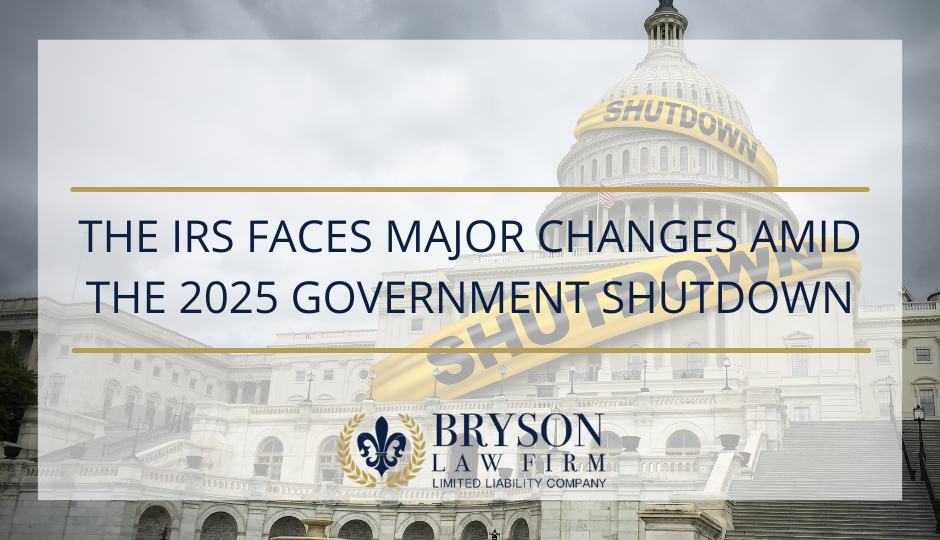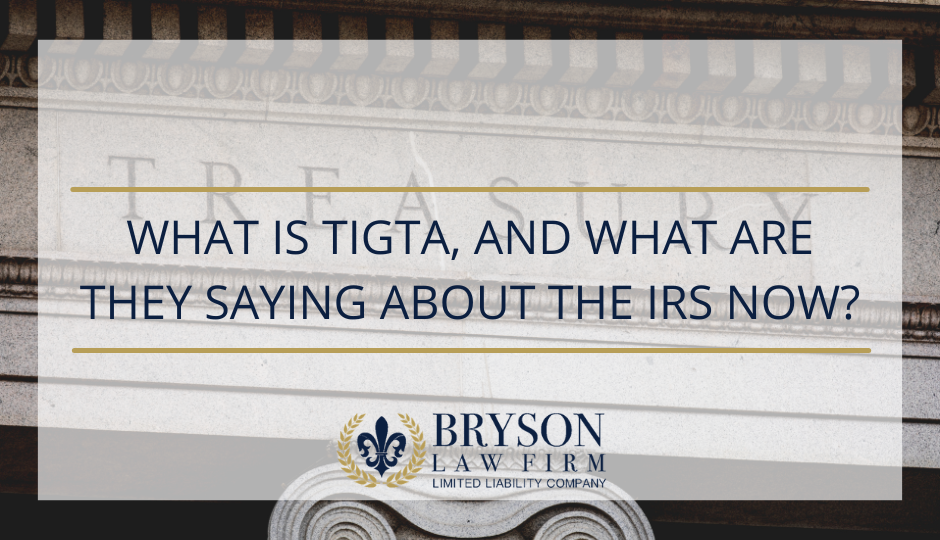When the IRS prosecutes, tax evasion is not always the only charge (if it's charged at all). In fact, there are cases where the person who has been found guilty of one crime may also be charged with violating other laws.
The Justice Department asks the prosecutor to choose a "lead charge" in all the cases they present. Here's a list of some of the "lead charges" that are often brought to court in IRS cases:
1. Conspiracy to Defraud the U.S:
Entering into an agreement or conspiracy with another to cheat the government out of taxes deceitfully. The penalty - up to 10 years in prison and/or a fine.
Here's an example.
On October 7, 2004, Bill Ledford and Loraine Ledford of Florissant, Colorado were charged with one count of conspiracy to defraud the United States along with four counts of tax evasion.
The Ledford's transferred their business as well as their real and personal assets to various trusts that they set up. They then allegedly took payments from these trusts without paying taxes on the income. The only taxes that were filed were filed for the trust associated with their business.
Altogether it was found that they personally owed $1,062,738 and their business owed $391,468 to the IRS.
As part of a plea deal, Bill Ledford was sentenced to 2 years in prison and ordered to pay $506,000 to the IRS.
Charges against Loraine Ledford were dropped.
2. Fraud & False Statements
Knowingly covering up a fact by using a trick, scheme or false writing or document. The penalty - up to 5 years in prison and/or a fine.
Here's an example:
October 29, 2004, Eugene Everett Armold was sentenced to 45 months in prison and ordered to pay $1,564,215 in back taxes to the IRS for making false statements on income tax returns and failing to report more than $4 million in adjusted gross income for 1999 and 2000.
It was revealed that Armold paid himself a $4,000,000 consulting fee from a business that he owned, and transferred the fee to a Nevada corporation that existed on paper (no employees or business of its own).
He then funneled the money to various other shell accounts or sent the money overseas. He then paid himself through these various accounts.
Armold's claimed his income in 1999 was $450,932, yet it was later discovered to be $2,400,000. In 2000 he claimed $1,143, 520, yet he knew his income was at least $3,200,000.
3. Willful Failure-To-File
The willful failure to pay the estimated tax at the time required by law. The penalty: up to one year in prison and/or up to $25,000 in fines ($100,000 in the case of a corporation).
Here's an example:
On September 28, 2006, David Weber, owner of Best Design, Inc., a screen printing operation, pled guilty to two counts of failure-to-file and was sentenced to one year in prison, one year of supervised release and ordered to pay
$313,385 in taxes owed to the IRS.
Between the years of 2001 and 2005, Weber failed to withhold federal income taxes for employees and failed to file his quarterly employment tax returns. He employed 18-
22 people during this time, totaling a payroll of over $1.6 million. Although Weber had a payroll service that provided him with the 941 forms detailing the employee taxes to be paid, Weber failed to file the forms with the IRS.






















